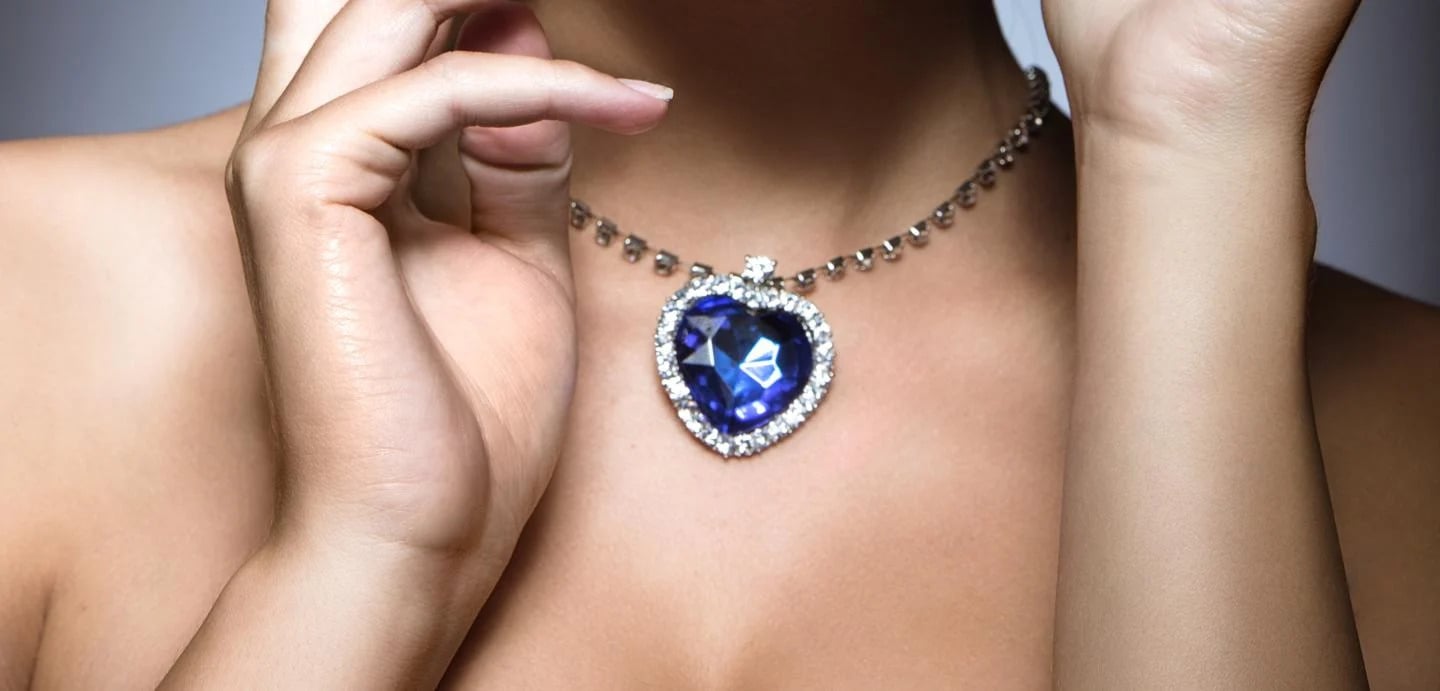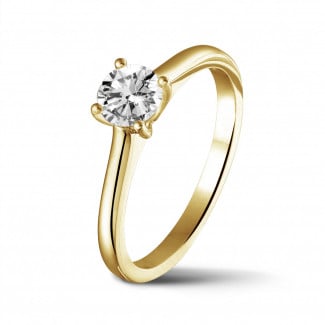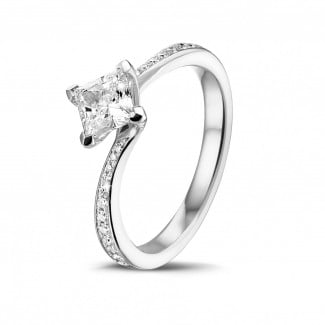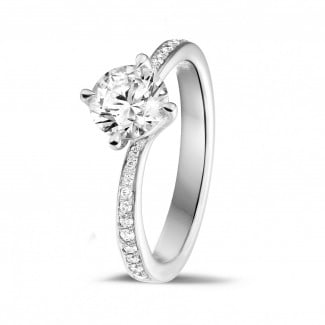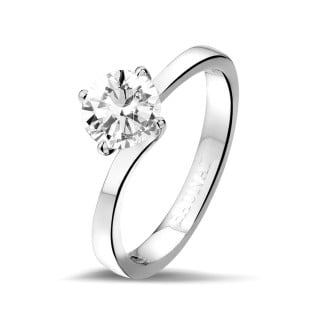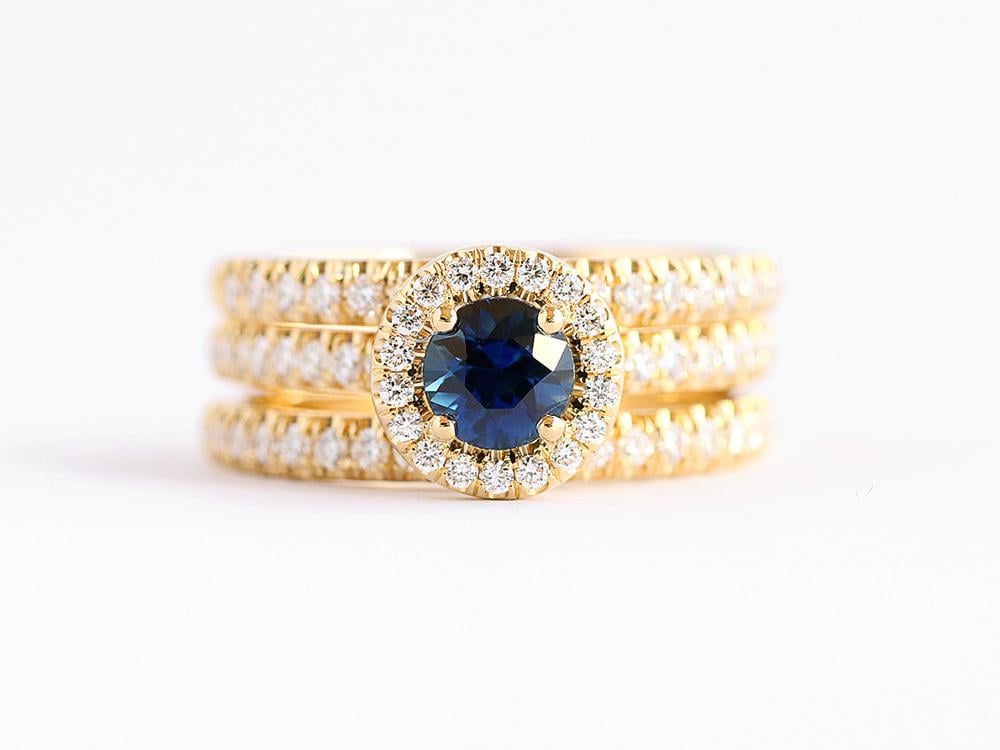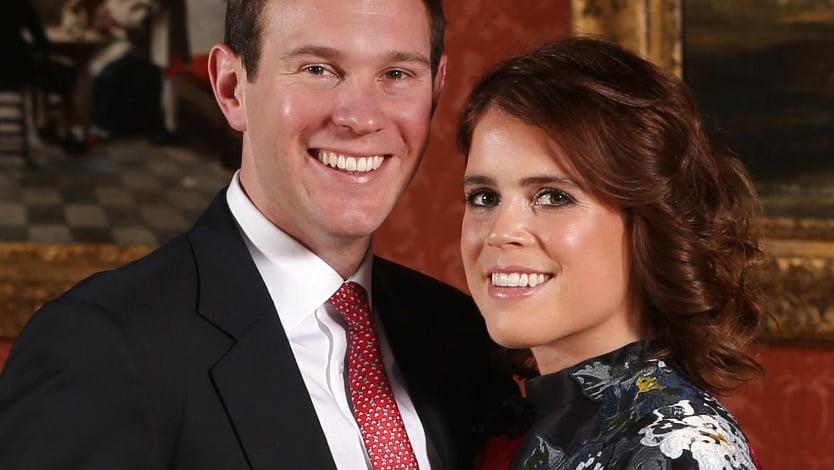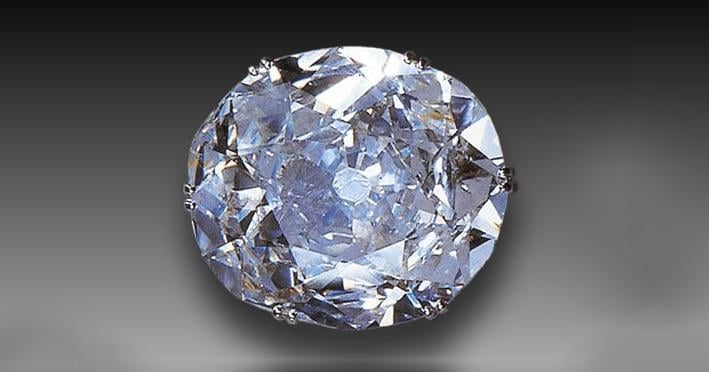Inspirational insights
Blogs in the spotlight
- How do I buy the perfect diamond ring?
- Choosing the perfect wedding ring
- Buying an engagement ring: expert tips & tricks
- Which earrings are the right ones for you?
- How to choose the perfect diamond bracelet?
- How to choose a necklace for ladies?
- Take your time in choosing your watch
- What's the right jewellery for each occasion?
- Why buy diamond jewellery online?
- A guide to building up your jewellery collection
- What types of precious metals are there?
- What types of precious metals are there?
- Jewellery trends and innovations in 2020
- What sorts of diamond setting are there?
If you’re wondering what the necklace in the 1997 blockbuster Titanic is, it is called the ‘Heart of the Ocean’. The heart-shaped blue diamond necklace plays a silent leading role in the film and ultimately ends up at the bottom of the ocean. But did you know that this fictitious necklace is actually based on a piece of royal jewellery? Read on to learn all about what the blue Heart of the Ocean is and the appeal of heart of the ocean-inspired engagement rings and other jewellery.
- The Heart of the Ocean in Titanic
- Why wasn't the Heart of the Ocean in Titanic real?
- Which real item of jewellery was the Heart of the Ocean based on?
- The appeal of blue diamond jewellery
- Why buy diamonds at BAUNAT?
Browse our collection of exclusive jewellery here
-Read more below-
Most viewed diamond jewels

Why wasn't the Heart of the Ocean necklace in Titanic real?
Inspired by the Heart of the Ocean, a 171 carat necklace with a real blue sapphire was crafted and ultimately sold for 1.4 million dollars


The Hope Diamond was not on the Titanic when it sank; it was owned by Washington socialite, Mrs Evelyn McLean, who didn’t even set sail on the infamous ship. When she died in 1947, it was sold to pay off her debts.


Why buy diamonds at BAUNAT?
Another reason to buy your diamond jewellery at BAUNAT is the price. Thanks to our unique approach whereby we procure our diamonds directly at source, you can purchase our jewellery up to 30-50% less expensive than at a jewellery shop.
However, lower prices do not mean we stint on quality, on the contrary in fact. At BAUNAT we work exclusively with the very best materials and craftspeople. Guaranteeing you an optimal price-quality ratio.
Find Out More About Other Renowned Precious stones
Frequently asked Questions
What is the royal history of diamonds?
In the 13th century, an act of Saint Louis (Louis IX of France, 1214-70) established a sumptuary law that reserved diamonds for the king based on their rarity and value that was conferred to them at that time. From that moment onwards, diamonds began appearing in royal jewelry for both men and women. From the 17th century, they were also seen with the greater European aristocracy and the wealthy merchant class.
The earliest diamond-cutting industry is believed to have been positioned in Venice (Italy) somewhere around the 1330’s. It is estimated that diamond cutting found its way to Paris and Bruges around late 14th century and later to Antwerp.
By 1499, the Portuguese navigator Vasco da Gama discovered the sea route to the Orient around the Cape of Good Hope, providing Europeans an end-run around the Arabic impediment to the trade of diamonds coming from India. Goa, on India's Malabar Coast, was set up as the Portuguese trading center, and a diamond route developed from Goa to Lisbon to Antwerp.
Are diamonds rare?
Diamonds are actually quite rare. Also it is true that the process of extracting diamond is quite laborious (mines move many tons of dirt per carat of diamond found) and that gem-quality diamonds are relatively few (only about 1 in 1 million diamonds are quality one carat stones, only 1 in 5 million are 2-carat; and 1 in 15 million are 3-carat).
The prices of diamonds increase along with the inflation rate. In some periods, the demand is higher than the supply whilst in other periods this is reversed. In the end, there is always a balance.
What colour is a sapphire?
The sapphire is instantly linked to an intense sky-blue colour. In this colour, the gemstone is also the most beautiful and most valuable. But not all sapphires are blue. They exist in different colours, including yellow, purple and orange. All sapphires were formed from crystals of the mineral corundum. The presence of certain metals in the corundum determine the final colour of the sapphire .

Fabienne Rauw
- BAUNAT Antwerp
- My Linkedin profile - Contact me
 Design collections
Design collections Stackable Rings
Stackable Rings Ruby, sapphire & emerald
Ruby, sapphire & emerald Bestsellers
Bestsellers New arrivals
New arrivals Watches
Watches Cufflinks
Cufflinks Rings for men
Rings for men Diamond
Diamond Sapphire
Sapphire Ruby
Ruby Emerald
Emerald Yellow diamond
Yellow diamond Black diamond
Black diamond
 Diamond rings
Diamond rings Sapphire rings
Sapphire rings Ruby rings
Ruby rings Emerald rings
Emerald rings Yellow diamond rings
Yellow diamond rings Black diamond rings
Black diamond rings
 Stackable rings
Stackable rings Cocktail rings
Cocktail rings Rings for men
Rings for men Bestsellers
Bestsellers Diamond rings
Diamond rings Sapphire rings
Sapphire rings Ruby rings
Ruby rings Emerald rings
Emerald rings Yellow diamond rings
Yellow diamond rings Black diamond rings
Black diamond rings
 Solitaire
Solitaire Dangle
Dangle Diamond earrings
Diamond earrings Sapphire earrings
Sapphire earrings Yellow diamond earrings
Yellow diamond earrings Black diamond earrings
Black diamond earrings
 Solitaire
Solitaire 3 stones
3 stones Halo
Halo Gradient
Gradient Diamond necklaces
Diamond necklaces Sapphire necklaces
Sapphire necklaces Yellow diamond necklaces
Yellow diamond necklaces Black diamond necklaces
Black diamond necklaces
 Gradient
Gradient White gold
White gold Yellow gold
Yellow gold Red gold
Red gold Platinum
Platinum Diamond bracelets
Diamond bracelets Yellow diamond bracelets
Yellow diamond bracelets Black diamond bracelets
Black diamond bracelets
 View watches
View watches View watches
View watches Swiss Made
Swiss Made Swiss Collection limited edition
Swiss Collection limited edition Manufacturing process
Manufacturing process Manual or Automatic watch
Manual or Automatic watch Sapphire or mineral glass
Sapphire or mineral glass
 Rings
Rings Necklaces
Necklaces Bracelets
Bracelets Sapphire
Sapphire
 Engagement rings
Engagement rings Earrings
Earrings Necklaces
Necklaces Bracelets
Bracelets
